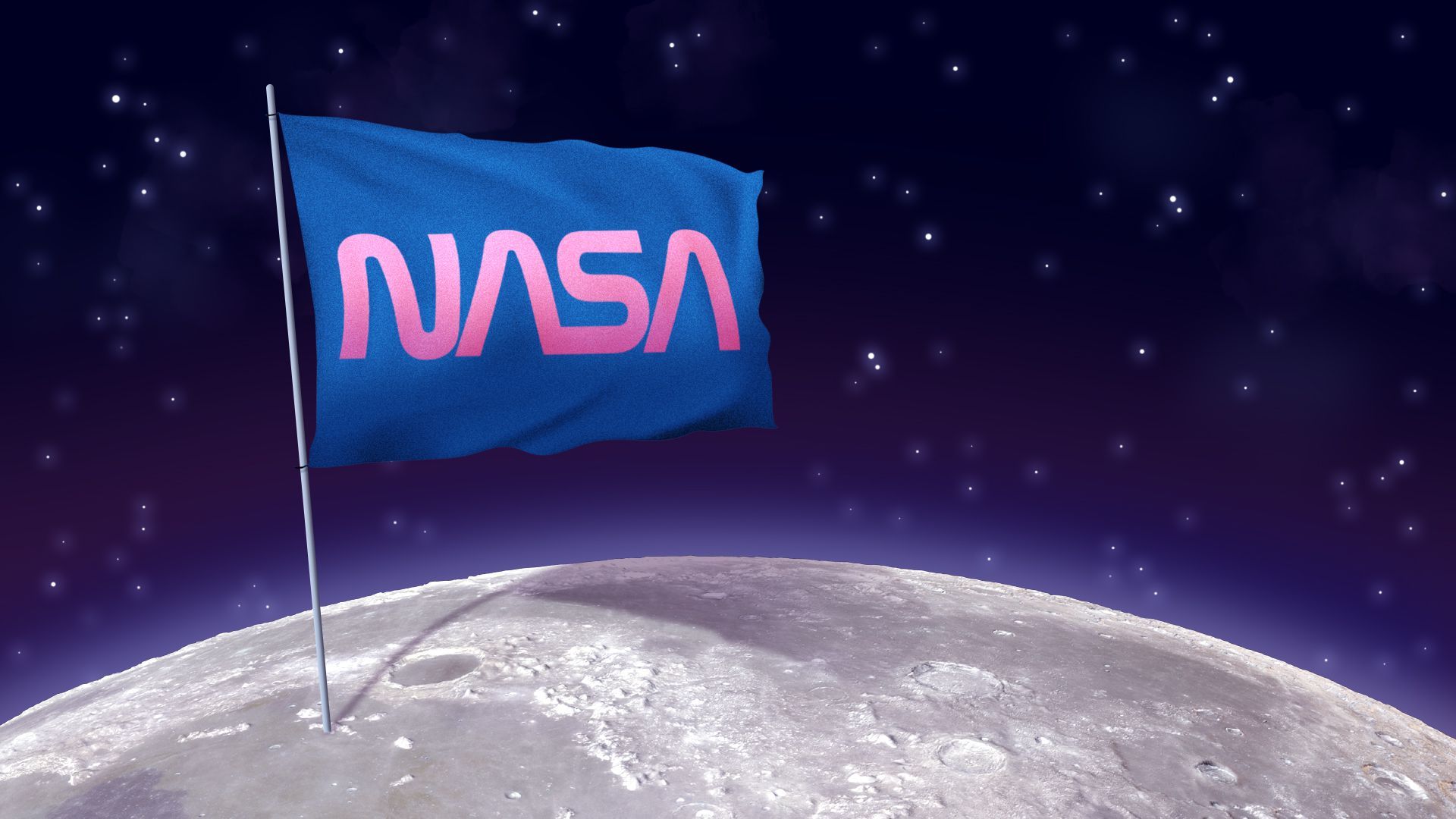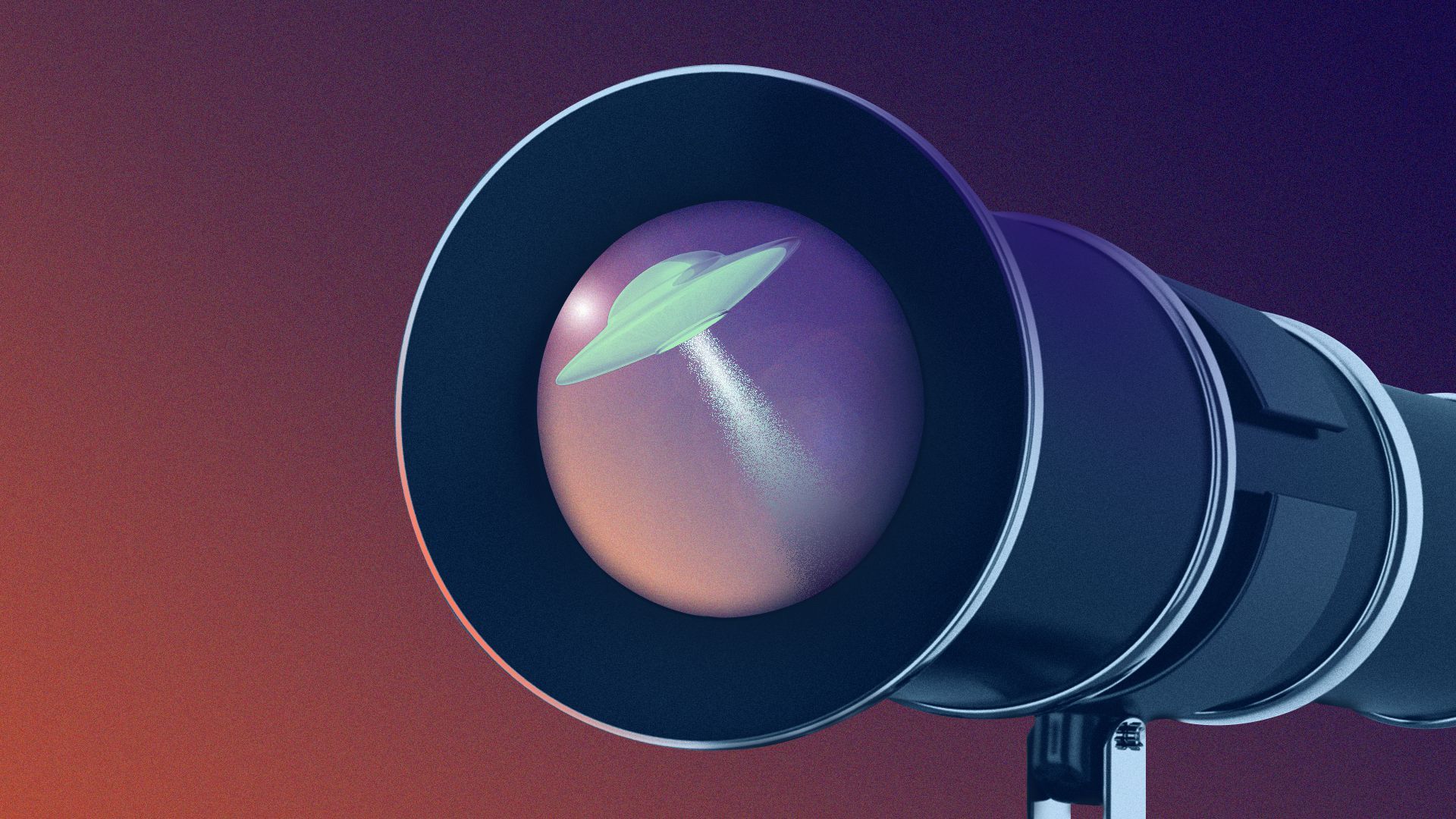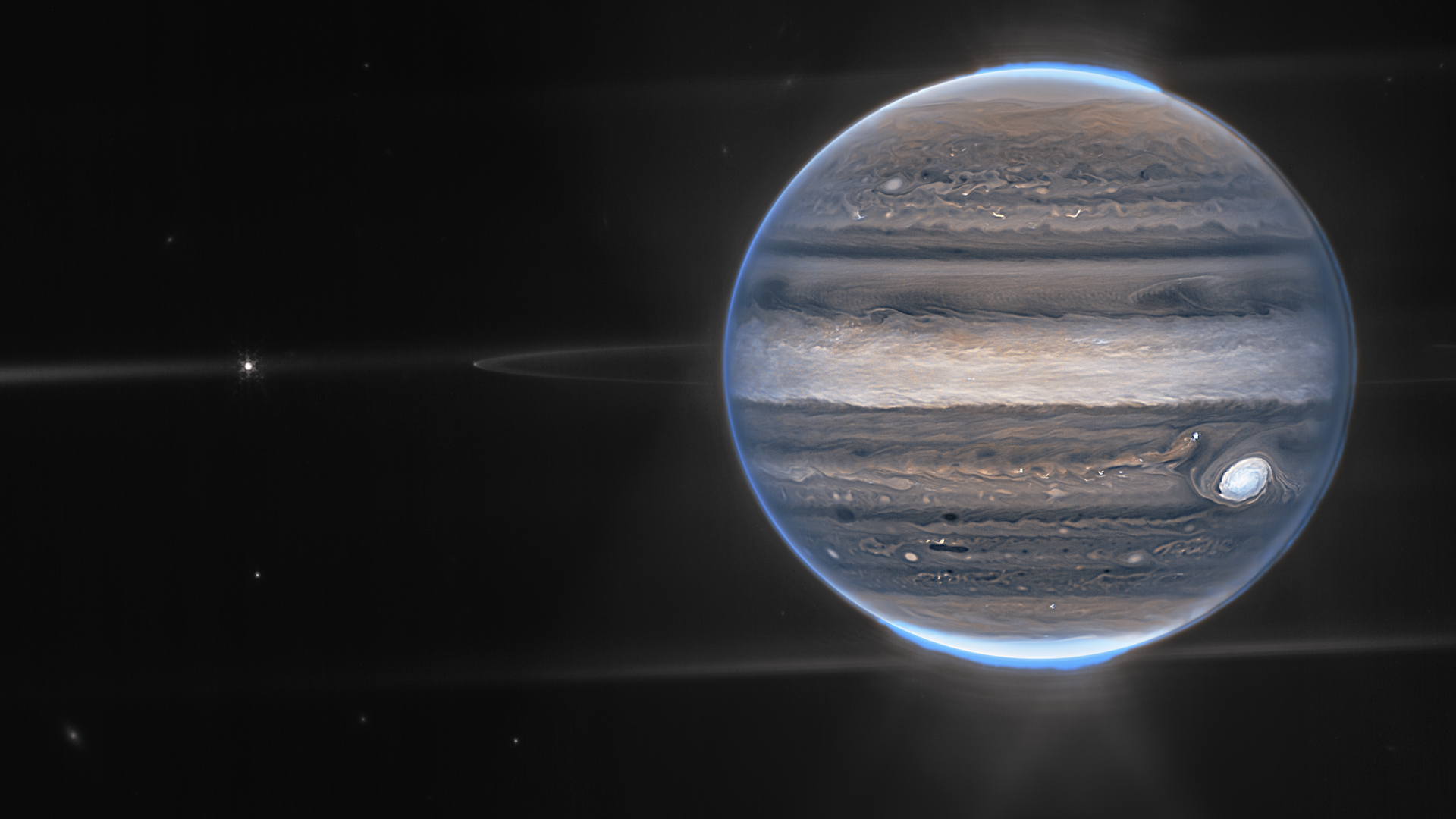| | | | | | | Presented By ASCEND | | | | Axios Space | | By Miriam Kramer · Aug 23, 2022 | | Thanks for reading Axios Space. At 1,328 words, this newsletter is about a 5-minute read. - Please send your tips, questions and cost-plus contracts to miriam.kramer@axios.com, or if you received this as an email, just hit reply.
| | | | | | 1 big thing: NASA's last stand |  | | | Illustration: Sarah Grillo/Axios | | | | NASA's Artemis program to return people to the surface of the Moon for the first time since the 1970s is a test of whether the space agency's old way of exploration will stand up in the modern space age. Why it matters: If Monday's scheduled launch of the new Moon rocket — the Space Launch System — succeeds, it could prove that NASA is still on the cutting edge of the technology needed for human space exploration, even as companies like SpaceX nip at its heels. - But the rocket is billions of dollars over budget and years behind schedule, and even a successful first launch won't change that.
- "NASA has never been challenged as the best way for the United States to do hard things in space until now," John Logsdon, the founder of the Space Policy Institute at George Washington University, tells me.
Catch up quick: The SLS is expected to lift off on the morning of Aug. 29, sending an uncrewed Orion capsule on a journey around the Moon and back to Earth. - The launch will test the integrated systems before NASA puts people onboard and eventually uses the rocket and capsule to deliver people to the lunar surface in 2025.
- If this launch fails, experts say it will imperil NASA's entire Artemis program because a failing, over-budget program is far harder to garner political support for.
- "This has to work," Casey Dreier of the Planetary Society tells me.
The big picture: The SLS was first ordered by Congress in 2010 and built in much the same way as the Apollo program's Saturn V — using contracts with legacy aerospace companies that trade cost savings for reliability. - But as this launch is happening, SpaceX is working to get its Starship vehicle ready to fly to orbit at some point this year, challenging more traditional aerospace companies.
- That rocket system is designed to bring large payloads — including people — to deep space destinations like the Moon, Mars and beyond.
- The Elon Musk-founded company has, in many ways, upended the traditional way that big exploration programs are done by offering major cost savings, undercutting legacy aerospace companies.
The intrigue: NASA itself is already turning toward public and private, fixed-price partnerships that allow the space agency to buy services from private industry and save money in the process. - Proponents of these public/private partnerships say they save the government money and hew more closely to deadlines without the extreme cost overruns seen during the development of systems like SLS.
Yes, but: Other experts say that a program of national importance like the SLS doesn't necessarily need to be — or should be — the most cost-effective. It just needs to work well. - "If something is a national priority, then it's not meant to be efficient," Dreier says. "We're not always trying to squeeze the best dollar out of it. We want reliability over decades."
The public/private partnership model also has its own risks. - Big exploration programs need political support, and if the leaders of these companies — like Musk — align themselves with one political party over another, as the SpaceX CEO has done with the Republican Party, it could turn people off to the space program at large.
- "If they see NASA enriching a strongly Republican-associated" individual, "that can alienate a big swath of public from this whole endeavor, more than spending an extra couple billion dollars on a rocket built in Alabama," Dreier says.
Go deeper. |     | | | | | | 2. Venus comes into focus |  | | | Illustration: Annelise Capossela/Axios | | | | Scientists are continuing to search for phosphine — a potential sign of life — in the clouds of Venus. Why it matters: Researchers have theorized that the temperate layers of clouds in the planet's atmosphere could hold the right conditions for microbial life to thrive. If life does exist there, it would open up a new era of scientific discovery. What's happening: Scientists announced the detection of phosphine in 2020 after finding traces of the gas with two telescopes — ALMA and the James Clerk Maxwell Telescope (JCMT). - Since that time, a debate has raged over whether or not the detections really showed phosphine, but the researchers behind the initial discovery have continued the search.
- "We have two more detections with JCMT, from 2020 and from February this year," Jane Greaves, one of the authors of the original study, tells me. (Greaves also spoke about the detections on a Planetary Society podcast last week.)
The big picture: Venus has long been thought of as a forgotten planet in our solar system, but there's been renewed interest from NASA in recent years. - The space agency is funding two new missions to Venus — the first in decades — aimed at understanding the world and its chances for habitability more fully.
- Rocket Lab is also planning a privately funded mission to Venus that will search for possible signs of life.
- "Things are proceeding now toward a launch in May 2023," David Grinspoon, a scientist working on the Rocket Lab mission, tells me. "There are any number of factors which could cause this to slip to the backup window in 2025. But as things stand right now, there is nothing standing in the way of a launch next spring."
What to watch: "We're starting to move from just detecting phosphine to searching for any ways it's changing over time," Greaves said. - "For example, we can look when Venus is getting sunlight from different angles and see if boosts in phosphine give us any clues where it could come from," Greaves added, saying it could be from life, photochemistry or something else.
|     | | | | | | 3. Orbital Reef moves ahead |  | | | Artist's illustration of the Orbital Reef space station. Photo: Sierra Space/Blue Origin | | | | A team of space companies is moving ahead with designing and building a private space station after a critical review. Why it matters: Several companies are working to build the private space stations NASA hopes to one day send its astronauts to after the assumed end of the International Space Station by 2030. Driving the news: The Orbital Reef station — proposed by Blue Origin, Sierra Space and others — just finished a major review with NASA, allowing the companies to move forward with designing the station. - "We are meeting the needs of both the commercial marketplace and NASA's requirements," Brent Sherwood, senior vice president of Advanced Development Programs at Blue Origin, said in a statement. "Orbital Reef will change the game for human space flight in Earth orbit."
The big picture: Orbital Reef — which is expected to be a hub for tourism and industry — isn't the only private station on NASA's radar. - Northrop Grumman and Nanoracks were each awarded multimillion-dollar contracts to develop their space stations.
- Axiom Space is also working to build its own space station.
Yes, but: These companies still have a long way to go before their space stations are operational. - NASA's Office of Inspector General warned last year that it's unlikely that any of these space stations will be operational by the end of the ISS.
- For their part, Sierra Space and Blue Origin plan to have Orbital Reef built and operational by 2027.
|     | | | | | | A message from ASCEND | | They'll be at ASCEND — will you? | | |  | | | | Join Bonnie Rosen from The Walt Disney Company, Moriba Jah from Privateer, Steve "Bucky" Butow from the Defense Innovation Unit, and 200+ speakers at 2022 ASCEND. Happening Oct. 24-26, ASCEND unites space's leading industry thinkers, biggest companies and government leaders. Don't miss out. | | | | | | 4. Out of this world reading list |  | | | Illustration: Victoria Ellis/Axios | | | | 👽 NASA "going full force" to gear up for UFO study (Mike Wall, Space.com) ✨ The juicy secrets of stars that eat their planets (Becky Ferreira, New York Times) ☄️ The discovery of the Kuiper Belt revamped our view of the solar system (Katherine Kornei, Science News) 💸 NASA cautions planetary science funding falls short of decadal projections (Jeff Foust, SpaceNews) |     | | | | | | 5. Weekly dose of awe: Jupiter's glow |  | | | Photo: NASA, ESA, CSA, Jupiter ERS Team; image processing by Ricardo Hueso (UPV/EHU) and Judy Schmidt | | | | Jupiter is radiant. - In this image, taken by the James Webb Space Telescope, Jupiter's Great Red Spot glows brightly and its rings stand out against the blackness of space.
- The bright blue spots at the top and bottom of the world are the planet's auroras, and the bright dot off to the right is Jupiter's moon Amalthea.
- "This one image sums up the science of our Jupiter system program, which studies the dynamics and chemistry of Jupiter itself, its rings, and its satellite system," Thierry Fouchet, one of the researchers responsible for these observations, said in a NASA statement.
|     | | | | | | A message from ASCEND | | They'll be at ASCEND — will you? | | |  | | | | Join Bonnie Rosen from The Walt Disney Company, Moriba Jah from Privateer, Steve "Bucky" Butow from the Defense Innovation Unit, and 200+ speakers at 2022 ASCEND. Happening Oct. 24-26, ASCEND unites space's leading industry thinkers, biggest companies and government leaders. Don't miss out. | | | | Big thanks to Laurin-Whitney Gottbrath, David Nather, and Sheryl Miller for editing this week's edition and to Sarah Grillo, Annelise Capossela, and Victoria Ellis for illustrations. If this newsletter was forwarded to you, subscribe. 🚀 |  | | Are you a fan of this email format? It's called Smart Brevity®. Over 300 orgs use it — in a tool called Axios HQ — to drive productivity with clearer workplace communications. | | | | | | Axios thanks our partners for supporting our newsletters. If you're interested in advertising, learn more here.
Sponsorship has no influence on editorial content. Axios, 3100 Clarendon Blvd, Arlington VA 22201 | | | You received this email because you signed up for newsletters from Axios.
Change your preferences or unsubscribe here. | | | Was this email forwarded to you?
Sign up now to get Axios in your inbox. | | | | Follow Axios on social media:    | | | | | |
No comments